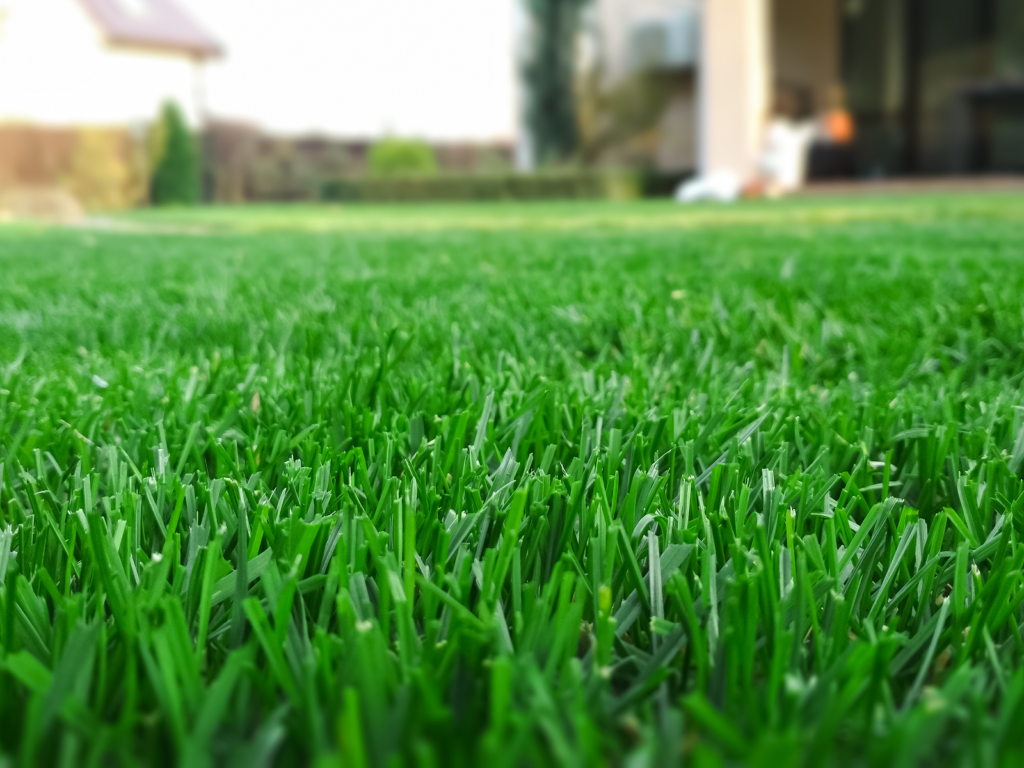Advice on Why, When, and How to Overseed a Lawn
You know you’ve reached the pinnacle of adulting when you have a stunningly green, plush lawn. Really, when friends and neighbors ask you for lawn advice, you know you’re on your way toward leaving a legacy. After all, achieving a glorious landscape isn’t easy, which is why so many people rely on Maple Leaf Associates Inc. for lawn care. Since one of the secrets to an amazing green lawn is overseeding, this post explains how. As a side note, you don’t have to tell your neighbor you learned it here!
Why You Should Overseed
Before we address how to overseed a lawn, it’s important to address what overseeding is and why you should do it. In a nutshell, overseeding involves planting grass seed in an existing lawn. Consequently, this needs to be done when your lawn has bare spots. Additionally, overseeding helps increase the lawn’s density and even its color. Done well, overseeding creates a uniformly healthy, plush, green lawn that’s ideally resistant to weeds. Sounds easy, right? Unfortunately, several factors can make or break your overseeding success.
When to Overseed
Many things are cyclical or seasonal in nature, and lawn care is one of them. Thus, timing is critical to successful overseeding efforts. If you attempt to overseed as soon as you notice a bare spot, you may waste your time and effort. Depending on the type of grass, you generally want to overseed in late summer, early fall, or late fall. Proper timing helps promote germination and stimulate growth.
Sometimes, homeowners want to overseed in the spring because they’re eager to create a beautiful landscape scene as the weather warms. However, hot summer months can put undue strain on young grass. As a result, it may not produce the same results as in the fall. With the timing right and everything else in place, you can move toward overseeding.
How to Overseed
First, choose a seed that matches your lawn as much as possible. Further, check to confirm compatibility with your region’s climate and sun exposure. Next, and Before overseeding, mow the lawn shorter than normal. If you can, mow with a bag. Otherwise, collect all the clippings so that they don’t produce a barrier between the soil and new grass seed. Finally, loosen the topsoil with a rake to ensure the seed settles nicely. Spreading the seed may sound easy, but it’s important to use the proper amount. Too much seed creates competition and results in slow or reduced growth. Lawn spreaders are made to control the amount of seed and ensure uniformity throughout the lawn.
Enlist the Help of a Professional Lawn Care Service
Maple Leaf provides lawn care, landscaping, hardscaping, and other services for Dutchess, Westchester, and Putnam Counties, and beyond. If you want your lawn to be the envy of your neighbors and show everyone how adulting is done, contact us. Call (845) 526-2024, view our work or get a free quote.